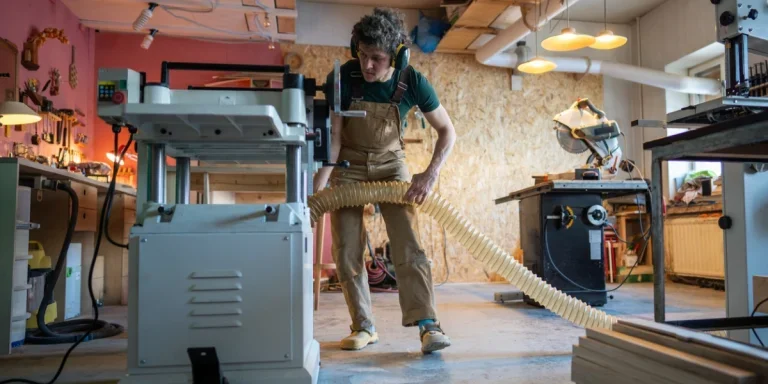Over the last few years, the discussion around climate change and pollution has raised awareness about the importance of air quality in homes, offices, and commercial buildings. Air extraction devices and technologies play a crucial role in providing homeowners, customers, and employees in the workplace with fresh, clean air.
It’s not just about improving comfort, but about ensuring people have healthy environments free of excess humidity, stagnant odors, and pollutants. Air extraction systems have various applications and have become integral to modern design and building construction, from residential to industrial and commercial settings.
Offering up-to-date and technologically advanced air extraction solutions for retailers and specialty stores represents a significant opportunity. The market is expanding thanks to growing consumer awareness of the benefits of ventilation and indoor air quality. Knowing how to present and position these products can make a difference in sales and customer loyalty.
Table of Contents
The role of air extraction systems
The advantages
Types of air extraction systems
Axial extractors
Centrifugal extractors
Mixed extractors
Fume extraction systems
Integrated sensors and smart home
Final thoughts
The role of air extraction systems
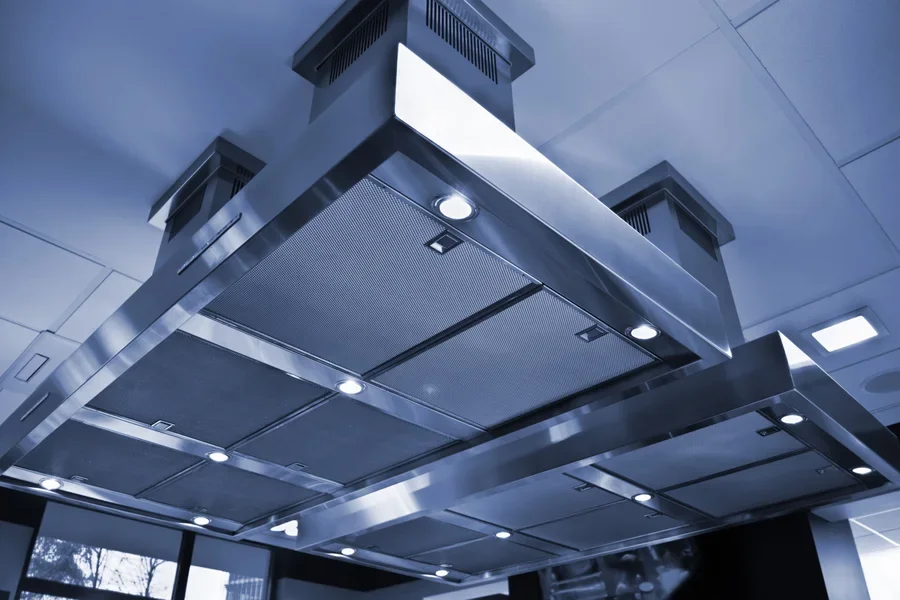
Air extraction devices are available in various shapes and forms, and all serve the crucial function of removing stale air from enclosed spaces and replacing it with cleaner air that has been filtered or that is coming from outdoors. This process is essential in preventing the accumulation of humidity, mold, odors, CO2, and other pollutants and providing people with safe spaces where they can live and work.
In many cases, these systems are used in conjunction with HVAC systems or controlled mechanical ventilation (CMV) solutions, but can also operate independently. Their main application areas include kitchens, bathrooms, garages, laboratories, offices, utility rooms, and industrial areas and the use of air extraction solution is also becoming regulated in many countries for different types of businesses.
The advantages
There are different reasons why air extraction systems are becoming popular in private and public buildings. First, an air cleaner introduces pollutant-filtered outside air into rooms and spaces, ensuring consistently clean and oxygen-rich indoor air and keeping residents safe from headaches and allergies.
Volatile molecules in the air cause the unpleasant odors we often perceive in closed spaces; with an air extractor, these particles are expelled and the dirty air is replaced with healthier air. These devices also help extract smoke, harmful fumes and reduce humidity levels, especially in rooms like bathrooms and kitchens. Its humidity is expelled along with the exhaust air, while the air introduced from outside is generally drier. This creates an indoor environment less conducive to mold growth.
In production sites and other industrial settings, indoor air may also contain allergens, chemical vapors, dust, and other particularly harmful contaminants released by building materials, manufacturing processes, furniture, cleaning products, and other pollutants, which the correct air cleaning system can expel outdoors. Lastly, some of these solutions increase air circulation and energy efficiency.
Types of air extraction systems
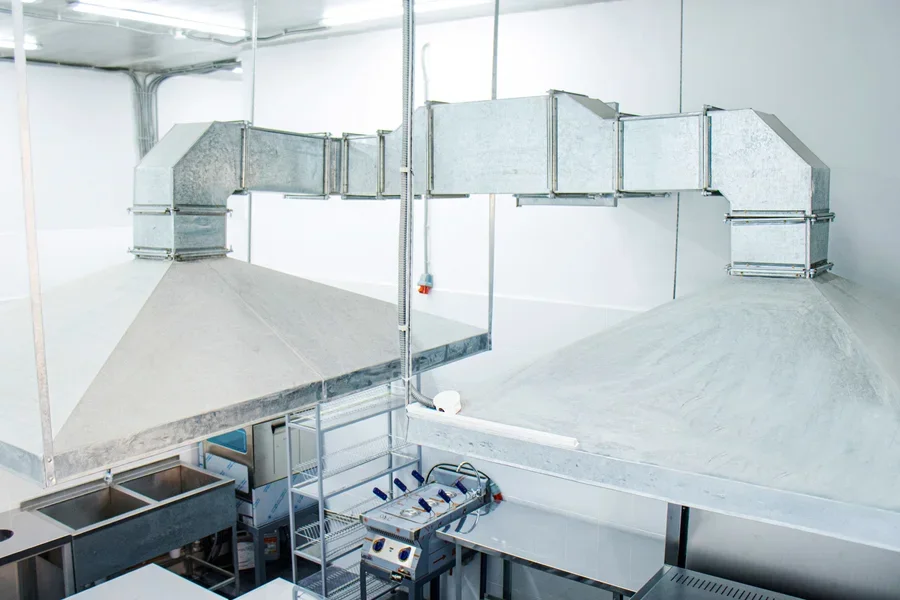
Today, a wide range of air extraction devices is available on the market, from portable fume extraction systems to solutions featuring multi-stage filtration.
Each product meets specific needs, and understanding them is essential to offering the right solution to customers.
Axial extractors
Among the most common air treatment equipment in residential buildings are axial extractors. Their name comes from their functioning: these devices push air along the fan’s axis, and are ideal for installations with short, straight paths, such as in bathrooms or small kitchens.
These air extraction devices are generally compact, easy to install, and characterized by low noise levels, and they feature a remote control that can be connected to smart home solutions.
Centrifugal extractors
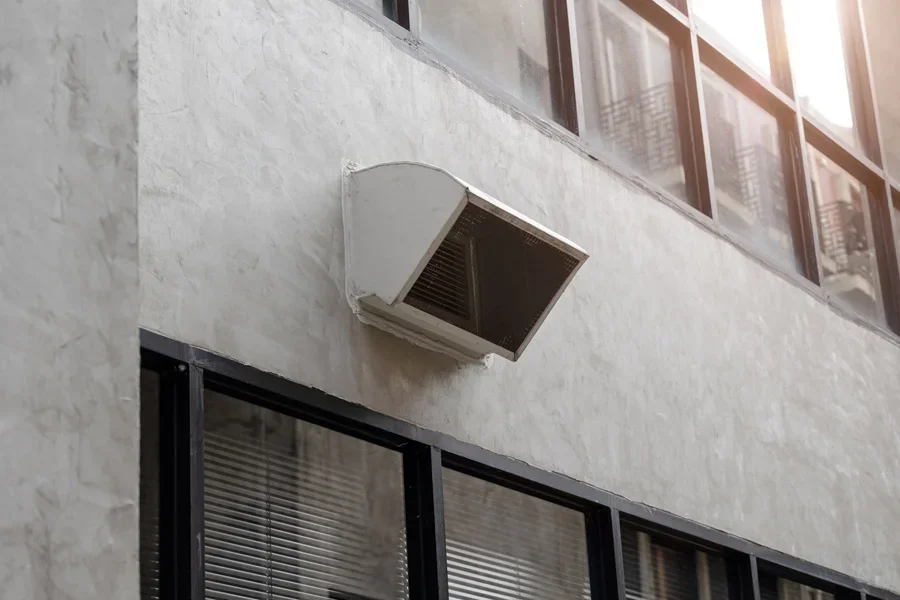
The mechanism of centrifugal air extractors maintains pressure even on curved paths, ensuring effective air extraction and superior performance also in the presence of more complex or long ductwork.
These devices are ideal for different industries, laboratories, and utility rooms where employees and workers are at risk and efficiency and consistent performance are crucial.
Mixed extractors
Mixed models combine the features of axial and centrifugal fans, offering a good balance between power and versatility. They are suitable for a wide variety of residential and commercial installations and are a popular intermediate solution among installers.
Fume extraction systems
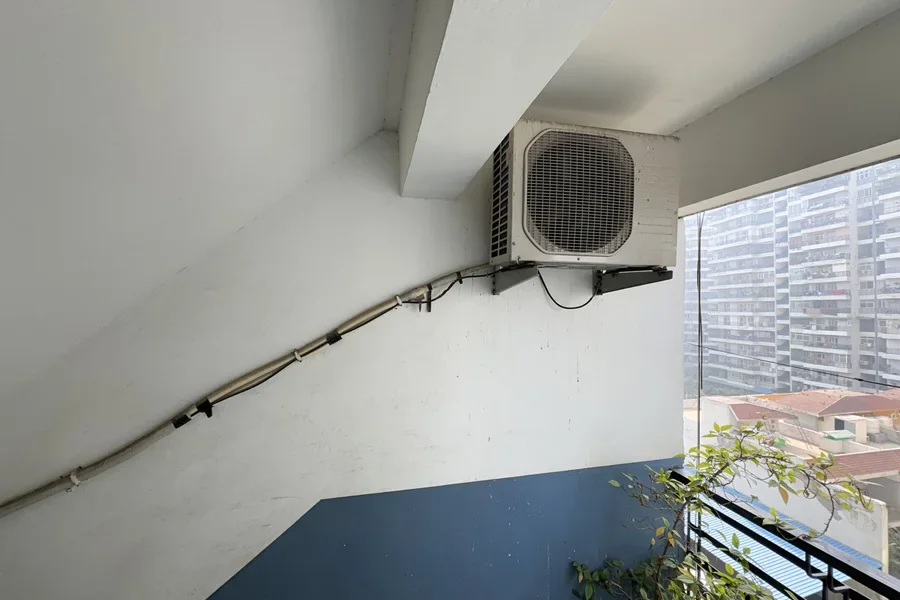
Fume extractors use their powerful fans to remove smoke, vapors, airborne contaminants, dust, harmful volatile substances, and other contaminants, particularly in industrial environments, professional kitchens, or fire-prone areas. Due to the criticity of their action, these systems must meet stringent fire safety and air quality regulations.
Their function is not limited to ventilation; it is also crucial for smoke evacuation in emergencies, helping to keep escape routes clear and safeguarding people’s lives. They are often constructed with materials resistant to high temperatures and equipped with motors certified for use in critical conditions.
Integrated sensors and smart home
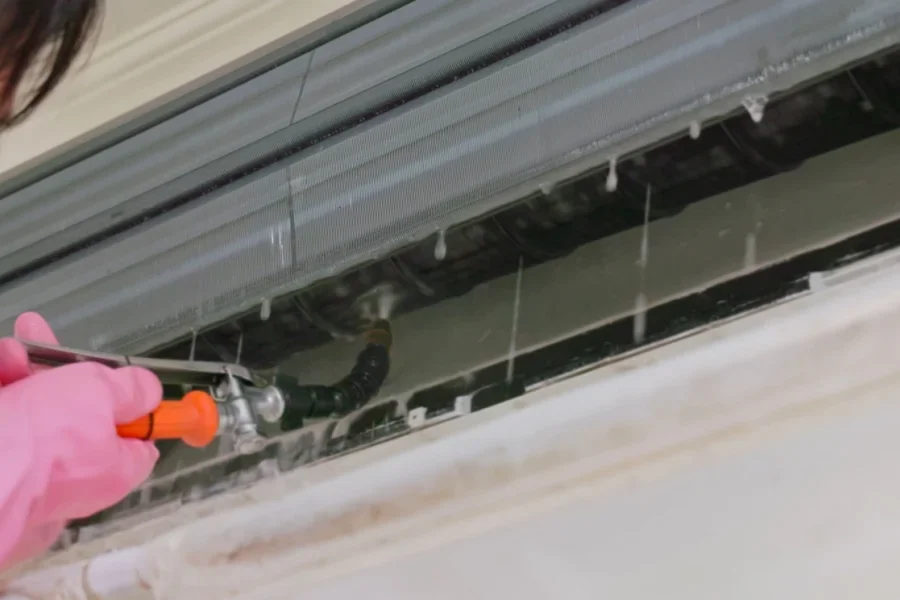
A growing trend is the integration of sensors into air extraction devices. Hygrostats, motion sensors, and smart timers enable automatic operation based on actual environmental conditions. This increases efficiency, reduces energy waste, and improves the user experience.
With the advent of the smart home, many air extraction devices are compatible with home automation systems. It is possible to program and control ventilation, monitor consumption, and receive notifications during malfunctions via apps or voice assistants. This technological evolution represents significant added value, especially for the most demanding customers or for cutting-edge commercial environments.
Final thoughts
Air extraction devices are now more essential than ever for ensuring healthy, efficient, and pleasant living environments.
For retailers, they represent a growing market niche, characterized by an increasingly diversified technical offering and a discerning and informed public. Knowing how to select, promote, and explain these products can translate into a concrete competitive advantage.
